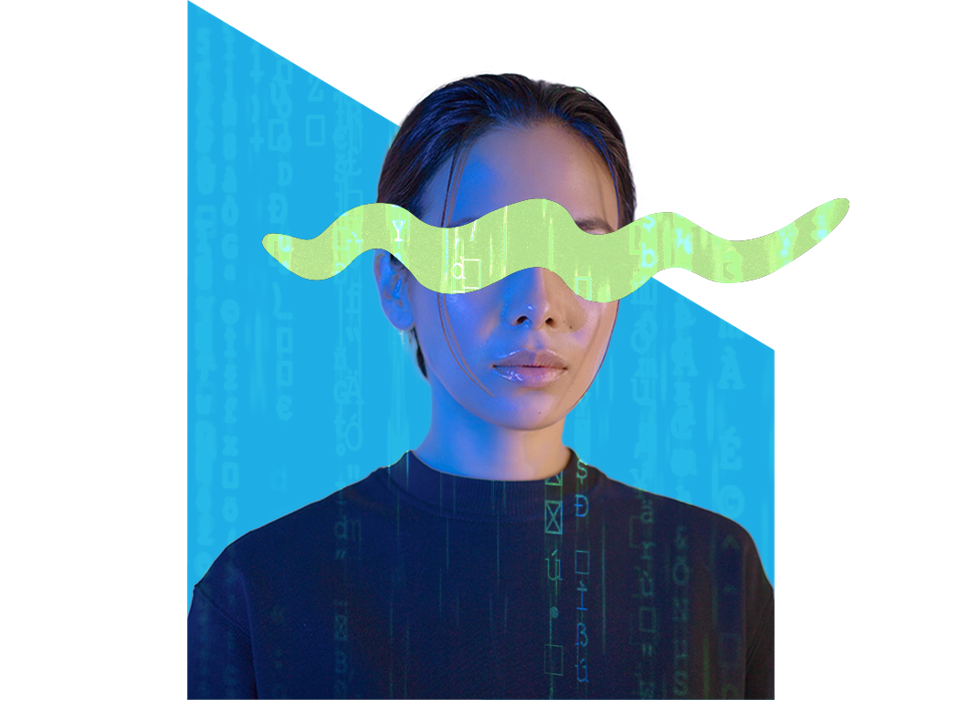
Thanks to TuringBots (AI and generative AI for software development), software development is on the cusp of a transformative change, one that promises to redefine the way development teams collaborate, create, and deploy applications. Picture this: a room full of product owners, subject matter experts, testers, and developers, security and architecture pro’s, all working in harmony with the aid of advanced technology including voice and audio integration, digital boards and more. As each stakeholder expresses requirements, ideas, solutions, the TuringBots are listening, elaborating, generating. This is not a scene from a sci-fi movie; it’s the imminent future of the software development lifecycle (SDLC), projected to unfold by 2028. And it doesn’t have to happen in a (TuringBot) meeting room; it can all be happening on your desktop while you are sitting at your desk. TuringBots today can generate use cases, test cases, designs, code and many more sw assets from your requirements, and can automate pipelines to efficiently deliver those assets in production making it all happen in a few hours or even minutes.
The Invisible And Real-Time SDLC: A New Era Begins
Gone are the days of siloed development processes and delayed feedback loops. The future SDLC is seamlessly integrated and invisible, operating in real time. Teams will no longer face the barriers of traditional software development; instead, they will engage in dynamic collaboration with TuringBots — AI and generative AI entities capable of understanding spoken conversations, natural language text, and low-code and code in many programming languages, and furthermore even able to interpret sketches or ideas jotted down on a board.
Real-Time Reviews And Autonomous Evolution
The process of executing and reviewing development work will be dramatically expedited. Teams will be able to review their creations on the fly, conduct code checks, perform security reviews, and grant approvals in real time. Meanwhile, TuringBots will work in the background, autonomously evolving applications to meet emerging needs and fixing issues before they become problems. This paradigm shift is not merely about speeding up the development process; it’s about enhancing creativity, improving accuracy, and ensuring security in ways we’ve only begun to imagine. By enabling all collaboration and asset generation to occur instantaneously, tested and checked by an ever-vigilant, combined team of humans and TuringBots, the development of new applications will reach speeds previously thought impossible.
The Unimaginable Speed Of App Development
As we look toward this future, it’s clear that the role of developers and IT professionals will evolve. The focus will shift from manual coding to strategic oversight and from problem-solving to creative innovation. TuringBots, with their ability to operate behind the scenes with other TuringBots and collaborate with humans, will become an indispensable ally, ensuring that the SDLC can keep pace with the rapid rate of technological change and the ever-growing demands of consumers and businesses alike.
Architect Approach to TuringBot Concerns
There are still concerns with the development of TuringBots, including hallucination, custom software development and architecture enterprise requirements, and the need to adapt to the changing landscape. To harness the power of TuringBots, teams must prioritize prompt engineering and learn to leverage new technologies such as vector embedding and retrieval augmented generation. Teams have to incorporate architecture and architects into generative AI and enforce security by design through Zero Trust principles, enhanced testing and security policies, and minimum-viable security.
Wrapping It All Up
The vision of an invisible and real-time SDLC facilitated by TuringBots is not a distant dream but an impending reality. By 2028, software development as we know it today will undergo a radical transformation, enabling teams to build new applications at previously unimaginable speeds. This future promises not only to enhance the efficiency and effectiveness of the development process but also to open up new possibilities for innovation and creativity in software creation.
The original content of the note was published on Forbes.com. To read the full note visit here